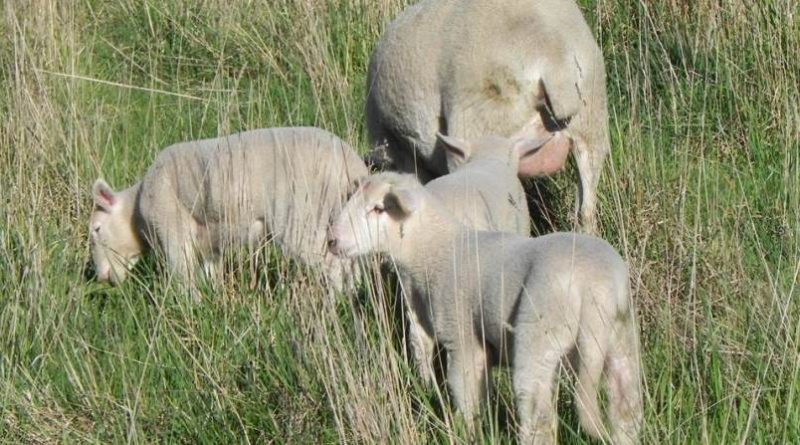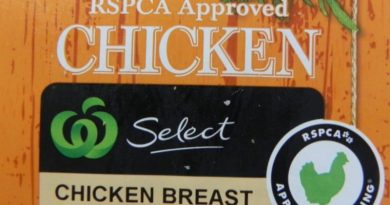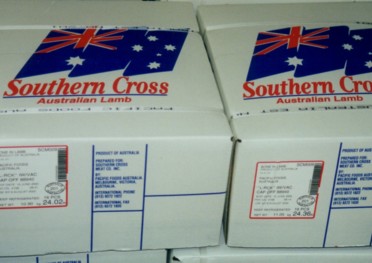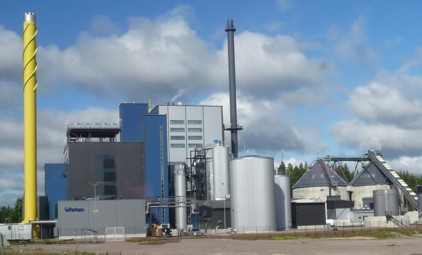The “should” of sheep welfare inappropriate for 21st century farming
Comment by Patrick Francis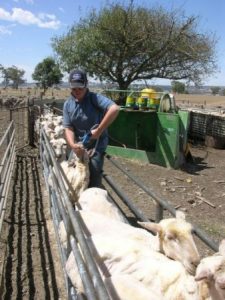
I downloaded the recently released “Australian Animal Welfare Standards and Guidelines for Sheep” with great anticipation that the existing “Model Code of Practice for the Welfare of Animals The Sheep” had been replaced. The Model Code was close to useless for sheep welfare as every requirement for welfare was prefixed with the word “should”. In practice this meant that the small minority of sheep owners and handlers who had no regard for animal welfare could virtually do anything to their animals that didn’t cause death by starvation, dehydration or cruelty.
The new animal welfare standards for sheep have differentiated between standards that “must” be adhered to by law and guidelines which “should” be. My excitement was short lived once I started reading through the draft version of the new book published by Animal Health Australia after what it claims were extensive consultations with industry, government departments, animal welfare groups and community groups.
“They are based on current scientific knowledge, recommended industry practice and community expectations,” Animal Health Australia says.
Given such consultation and knowledge behind the new “Standards and Guidelines for Sheep” I was anticipating plenty of “must do” standards and a far reduced number of “should” do guidelines. That is not the case. The result is many undesirable sheep husbandry and handling practices will continue without the person responsible being legally liable.
Here are some examples:
- Under Section 3 “risk management of extreme weather, natural disasters, disease, injury and prevention”, the standards state “a person in charge must ensure appropriate treatment for sick, injured or diseased sheep at the first reasonable opportunity. On the other hand clause G3.3 of the guidelines states “sheep that appear to be isolated from the flock, caught in structures or bogged should be inspected and appropriate action taken without delay.” It would not be unreasonable to expect that this “should do” be a “must do”. Clause G3.10 states “predator control programs should be implemented where predation is a risk to the welfare of sheep”; this is a must do requirement of animal husbandry. Similarly there is no “should” about “treatments and vaccines should be administered in accordance with directions”.
- Probably the most contentious “should” is in G3.16 which states “where flystrike is a risk, preventative techniques that should be considered are …mulesing lambs”. Mulesing is not an acceptable practice in wool consumers eyes and including it as “…should be considered…” continues to cast a shadow over the welfare credentials of the Australian Merino wool industry. Given all the other flystrike preventative techniques listed in G3.16 mulesing should have been left out of the “Standards and Guidelines” for sheep. This would have given a clear message to Merino wool consumers that the Australian sheep industry no longer advocates mulesing as an acceptable practice. On the contrary, the “Standards and Guidelines for Sheep” devotes a full section to mulesing, in other words endorsing it as accepted practice.
- Section 4 Facilities and equipment standards states: “A person in charge must take reasonable actions in the construction, maintenance and operation of facilities and equipment to ensure the welfare of sheep.” But G4.4 Guideline states: “Facilities should be free from protrusions and obstacles that may cause injury”. Surely this is a “must be”?
- Section 5 Handling and husbandry standards state amongst other things that “a person handling sheep must not: 3) strike, punch or kick sheep in an unreasonable manner”. It begs the question what does Animal Health Australia consider as a reasonable strike, punch or kick to inflict upon a sheep? In this section’s Guidelines, G5.8 states: “overcrowding of sheep in pens or yards should be avoided. Precautions should be taken to prevent smothering, especially for lambs and weaners.” Surely precautions “must” be taken?
The new “Standards and Guidelines for Sheep” contains dozens more discrepancies between what should be done and what must be done. It is difficult to understand why this is so given the amount of scrutiny livestock farming is put under and the commercial rewards available to farmers from improved livestock production per hectare per year associated with thoughtful husbandry and handling.
Animal Health Australia must take this draft document back for revision and in many instances re-word “should” do to “must” do. It must also remove mulesing as a “should be considered” option to prevent fly strike. Most of the alternatives listed (some are still in the research stage) are genuine methods that Merino sheep farmers can utilise to prevent flystrike without casting a cruelty shadow over the entire Australian wool industry by mulesing animals.

